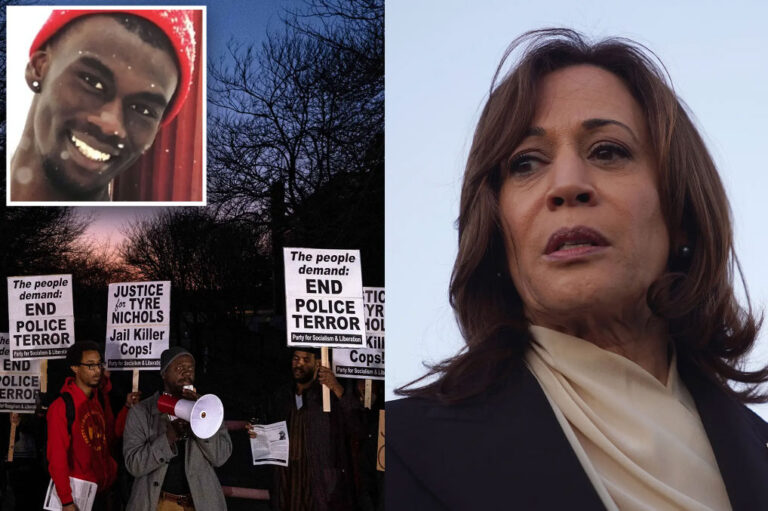Nichols died in a hospital three days after he was beaten by police officers during a traffic stop on January 7, and his death has sparked nationwide demonstrations.
Tamika Palmer, mother of Breonna Taylor, who also died at the hands of the police in her Louisville (Kentucky) apartment; and Philonise Floyd, brother of George Floyd, who was killed last year in Minneapolis under similar circumstances, plan to participate in the mourning ceremony.
The Reverend Al Sharpton reiterated the day before his call for Congress to pass the George Floyd Police Justice Act, which would include measures such as requiring police officers nationwide to wear body cameras, banning the strangulation technique and declaring that lethal force should only be used as a last resort.
President Joe Biden also called on Congress to pass the police reform bill, and declared himself ‘outraged and deeply hurt’ by video footage released showing how officers pepper-sprayed, punched and kicked the young African-American man, who was punched at least nine times in just four minutes.
A video recorded by a remote-controlled surveillance camera mounted on a pole even captured the instant in which the police officers hit Nichols repeatedly without visible provocation.
It shows how he collapses and a policeman approaches to lift him up before telling him to sit down, as well as the moment when the paramedics arrive on the scene.
The tragic event occurred in a context of increased scrutiny of the police, especially since Floyd’s murder on May 25, 2020 is still vivid in the collective memory.
On that day, Floyd, 46, was arrested when a store clerk called 911 accusing him of buying cigarettes with an alleged counterfeit $20 bill.
By combining videos from bystanders and security cameras, as well as reviewing official documents and consulting experts, The New York Times pieced together the minutes leading up to Floyd’s murder.
One of the police officers pressed one of his knees into the victim’s neck for more than eight fatal minutes, and his cry of ‘I can’t breathe’ spurred the wave of demonstrations in the United States and around the world against racism and police brutality.
jrr/mgt/dfm.









